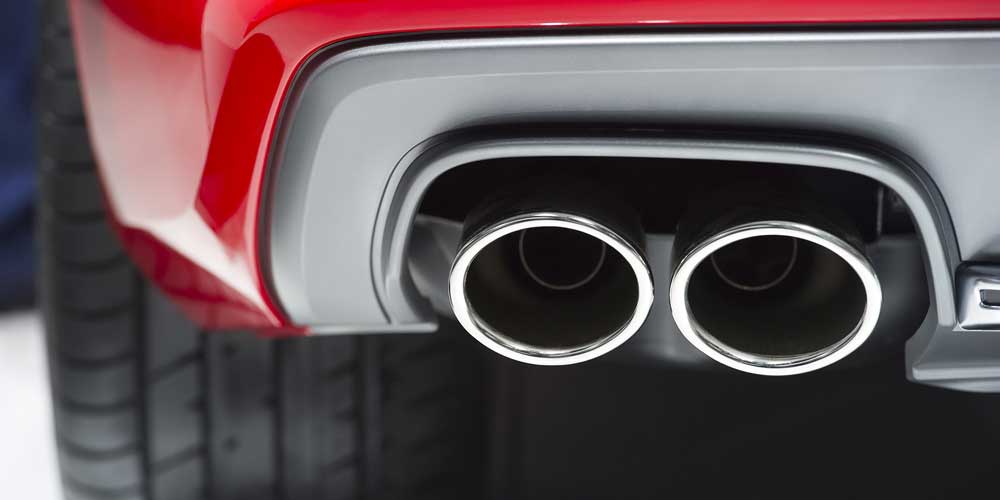CO - Carbon Monoxide

Catalytic converters reduce tail pipe CO emissions.
Carbon Monoxide (CO) is a colorless, odorless gas product of incomplete combustion. Complete combustion of hydrocarbon fuels, like wood and petroleum, forms water and carbon dioxide in the presence of oxygen. Insufficient oxygen produces toxic intermediates like carbon monoxide.
In the human body, CO reduces the oxygen-carrying capacity of the blood. Hemoglobin is the part of blood that carries oxygen. When carbon monoxide enters the bloodstream, it binds with a higher affinity to hemoglobin than oxygen. Even a small amount of carbon monoxide can displace needed oxygen and kill.
Most CO emissions come from mobile sources like cars and trucks. Manufacturers reduce mobile emissions by adding control devices like catalytic converters, which use platinum and other catalysts to convert toxic pollutants like CO into less toxic chemicals. In effect, the catalysts complete the combustion process.
There are two primary standards for carbon monoxide: one for an 8-hour average concentration of 9 parts per million (ppm) and another for a 1-hour average of 35 ppm. Oklahoma is in attainment with both standards.
CO Monitoring Sites
The CO network consists of three monitors: two in Oklahoma City and one in Tulsa. The CO monitors continuously sample air using a gas filter correlation method. The monitors report hourly values to determine compliance with the standards. Current data may be accessed here.
CO Data
Oklahoma has exceedingly good air quality with CO values well below the NAAQS. CO levels have decreased from a national (8-hour) average of 8.9 ppm in 1980 to less than 2 ppm. Improved fuel burning efficiency of mobile sources will continue to be the major force in attainment of these standards.
2017 CO Values vs. 1 Hour NAAQS
- OKC-North
- Tulsa-Peoria
- OKC-Near Road
- Standard
- 1.0
- 1.6
- 1.8
- 35
- 0
2017 max 1 hr avg CO Concentration (ppm)
2017 CO Values vs. 8 Hour NAAQS
- OKC-North
- Tulsa-Peoria
- OKC-Near Road
- Standard
- 0.8
- 1.0
- 1.3
- 9
- 0
2017 max 8 hr avg CO Concentration (ppm)